how do brakes work on a train
When the operator of the train activates the electro-pneumatic brakes the system uses a mechanical connection to apply pressure to the wheels through the brake block components of the train. In various forms it.

What Is Train Air Brake Trainairbrake Introduction Of Train Braking System Lhb Train Brake Youtube
Brake cylinder of each car causes the brakes to move away from the wheels.

. A What are independent brakesb What are auto brakesc What re dynamic brakesd. The air brake system on a train works by the linkage of all the carriages or trucks from the engine and works by not pushing on the brakes but instead it holds them off until the pedal is pressed and the air is prevented and the brakes lock on. Both the handbrake and the air cylinder move the linkage of rods and levers that apply the brake shoes to the wheels.
Before air brakes trains used a primitive brake system that required an operator or brakeman in each car to apply a hand brake at the signal of the train director or engineer. Normally with the train rolling along and the brakes released the locomotive will be maintaining 90 psi in the brake pipe and the reservoirs will be charged up to 90 psi too. When you push the function key to turn on the dynamic brakes on a DCC-sound-equipped model locomotive the sound you hear is those fans kicking in.
Pushing the brake pedal opens a valve to let air flow from the air tank through the airlines to a brake chamber. In this small tutorial we go through the basics of how train brakes work. If the train accidentally uncouples the brakes will automatically apply fully-since all of the brake pipe pressure will be vented to the atmosphere through the disconnected pipe.
The dynamic brake grids consume electricity that make the traction motor less able to turn and. For the train to actually move the operator has to disconnect this air tank. When the train reaches flat land the engineer disengages the dynamic brake which turns the fans off fires up the prime mover and begins sending current to the traction motors again.
In railway terminology a Diesel Locomotive is a self-powered railway vehicle that moves along the rails and either pulls or pushes a train attached to it with the prime mover or primary source of power being a massive internal combustion engine that runs on Diesel fuel as the primary source of power. The electric current generated by the motors in the dynamic-braking mode is a waste product and is dissipated as heat in banks of. Essentially the brakes are always on.
In normal braking the pressure in the train pipe does not reduce to zero. Modern trains rely upon a fail-safe air brake system that is based upon a design patented by George Westinghouse on April 13 1869. 1 While the air brakes are set on the whole train apply the recommended amount of hand brakes for that size of train at that location on the railroad.
Locomotive air brake systems are manually controlled by two brake valves which work together but have different functions and both when in controlling or trailing position in a locomotive consist automatically in response to reductions in brake pipe pressure initiated by any cause other than use of that locomotives brake valve. Depends on the train and location. But the handbrake and the air cylinder work independently of each other.
The resistance of the motor field acts as a brake on the locomotive which in turn helps to slow the train. The power part comes from air stored in a reservoir on each car. But either one can be applied without applying the other.
The compressor on the locomotive charges the main reservoir with air at 125140 psi 8697 bar. 2 Release the air brakes on the train AND the independent brakes on the locomotive consist. Us freight railroad brakes use a pressurized air line to supply reservoirs on each car.
The compressed air is released into the brake cylinders through triple valves which are controlled by air pressure from the train pipe. What is a diesel locomotive. The compressed air is transmitted along the train through a brake pipe or in North America a train line.
He or she does this by pumping air into a. A railway air brake is a railway brake power braking system with compressed air as the operating medium. This inefficient manual system was replaced by direct air-brake systems which used an air compressor to feed air through a brake pipe into air tanks on each car.
When there is a dip in pressure in that line from an application or a hose break it trips a valve on the reservoir and sends a corresponding increase in air pressure to the brake cylinders. If they are both applied at the same time they duplicate their effort. Dynamic brakes use the kinetic energy of a trains turning wheels to create electrical energy which causes the train to decelerate.
Each reservoir on each car is charged up by air supplied from the locomotive through the brake pipe. The train brakes are released by admitting air to the train pipe through the engineers brake valve. The following is the table of contents.
Charged the engineer can set the brakes on the entire train by bleeding air out of the brake pipe using a valve in the locomotive cab. Just as physical events are easier when you train for them your life and people problems are easier to manage when you train for themSo its crucial to tak. 3 With the brakes fully released wait for ANY movement of the train.
Because it consists of electrical energy dynamic braking can be finely adjusted downward more so than air brakes. The brakes apply whenever the air pressure in the brake pipe drops. The Westinghouse Air Brake Company was subsequently organized to manufacture and sell Westinghouses invention.
Electro Pneumatic Brakes The Railway Technical Website Prc Rail Consulting Ltd
What Is A Vacuum Braking System Quora

How Brake System Works In Metro Rail 3d Animation 17 17 Integrated Brake System Youtube
Regenerative Brakes Engineering Expert Witness Blog

Electromagnetic Rail Brake Youtube

How Does Regenerative Braking Work Skill Lync Youtube
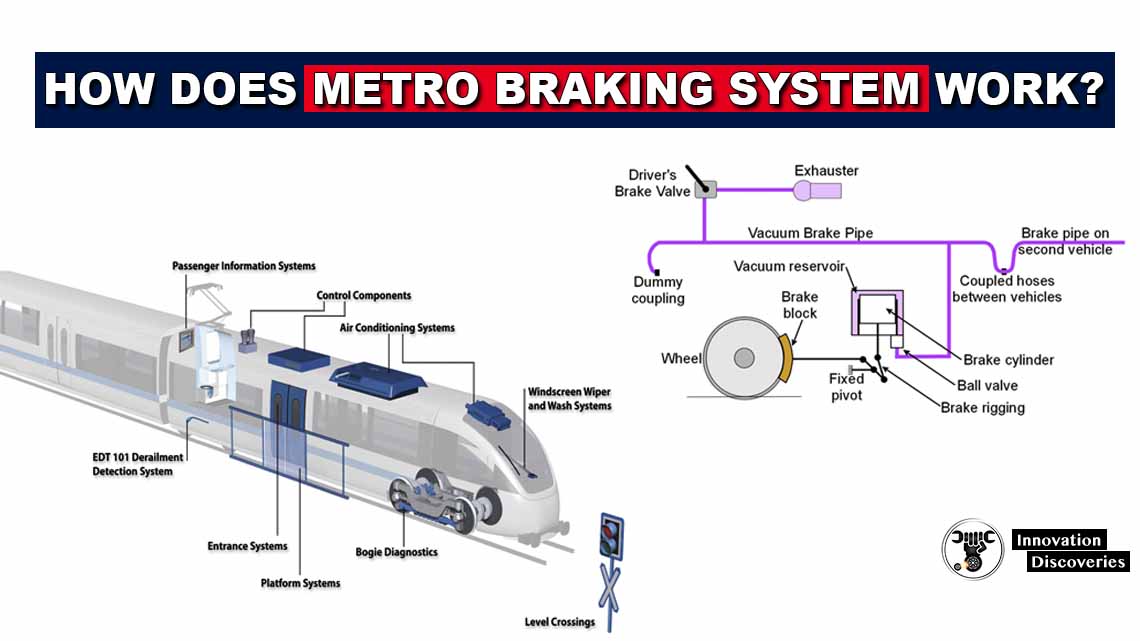
What Type Of Braking System Used In Metro Trains How Does Metro
Vacuum Brakes The Railway Technical Website Prc Rail Consulting Ltd

Brake System In Train Emergency Brake In Train Air Brake In Train च न प ल ग In Hindi Youtube
Vacuum Brakes The Railway Technical Website Prc Rail Consulting Ltd
Regenerative Brakes Engineering Expert Witness Blog
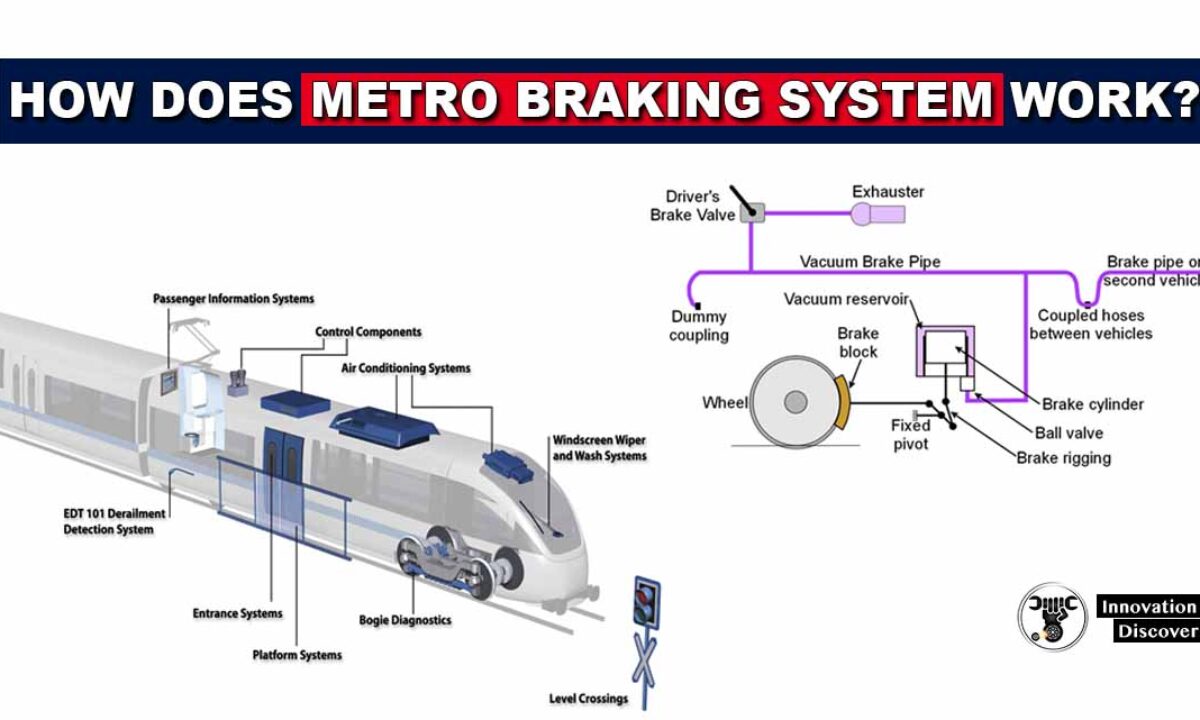
What Type Of Braking System Used In Metro Trains How Does Metro
Electro Pneumatic Brakes The Railway Technical Website Prc Rail Consulting Ltd
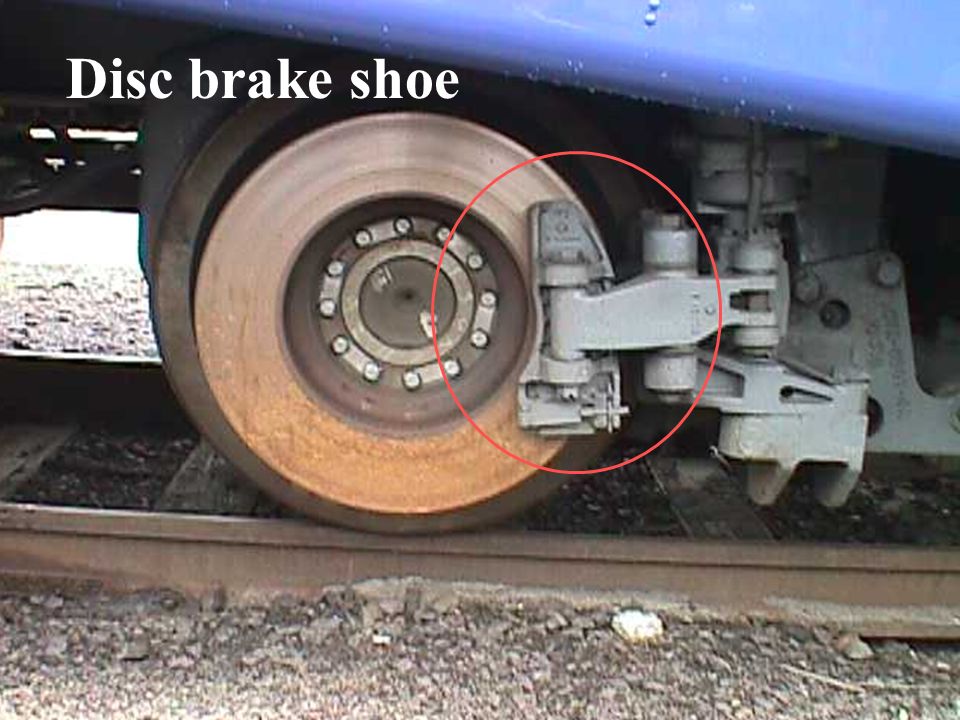
Locomotive And Car Brake Systems Ppt Video Online Download

Couplers Brakes The Transcontinental Railroad
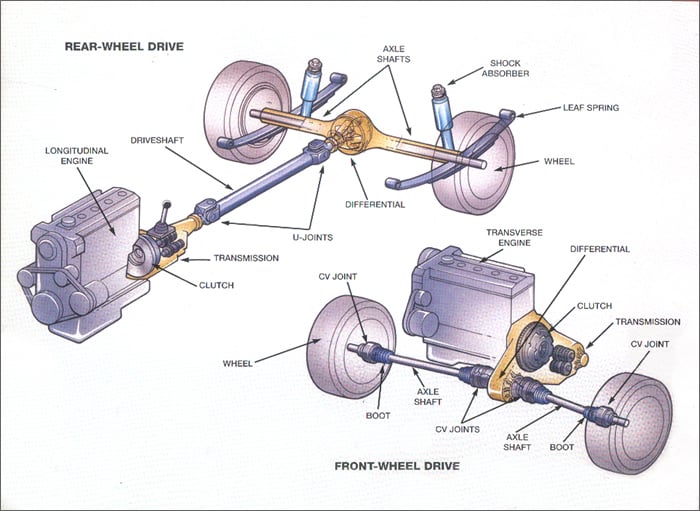
The Drive Train Hydraulic Brake System Steering System Schoolworkhelper
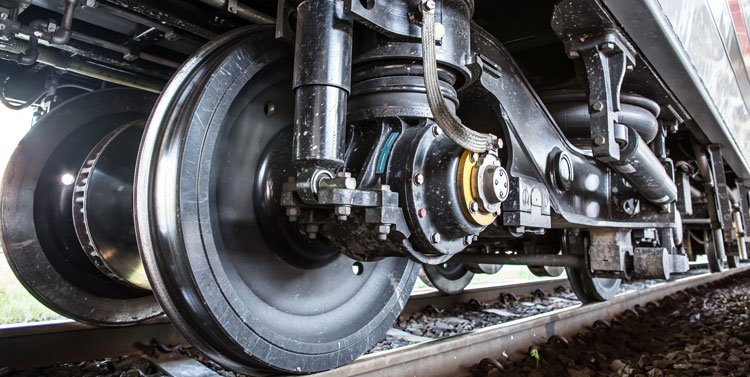
Train Braking Performance Determination Global Railway Review
Bogies The Railway Technical Website Prc Rail Consulting Ltd
.jpg)